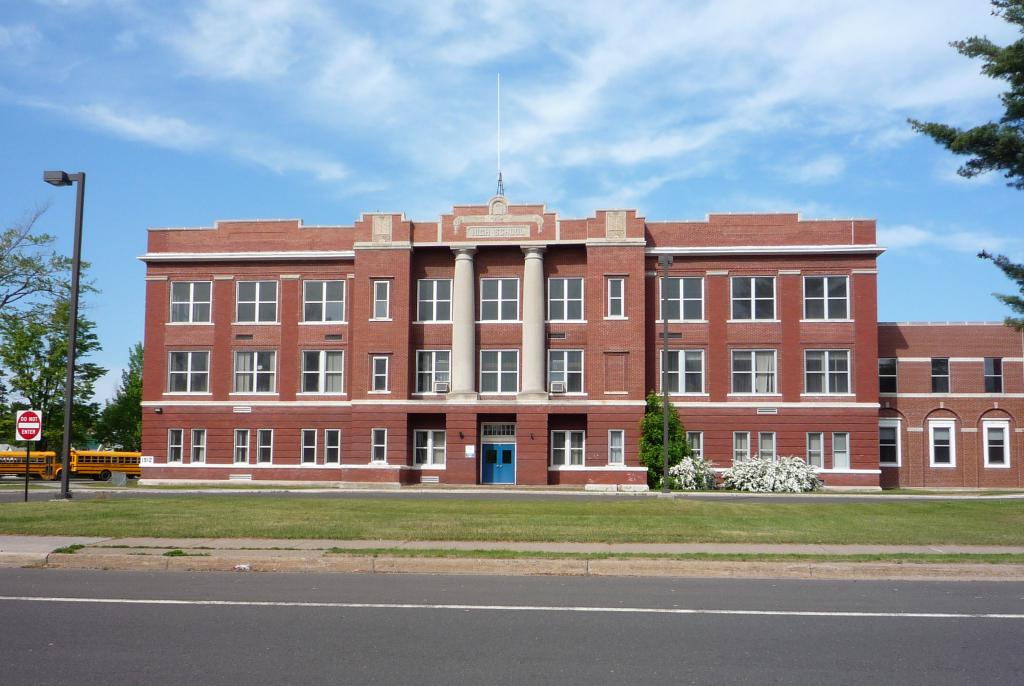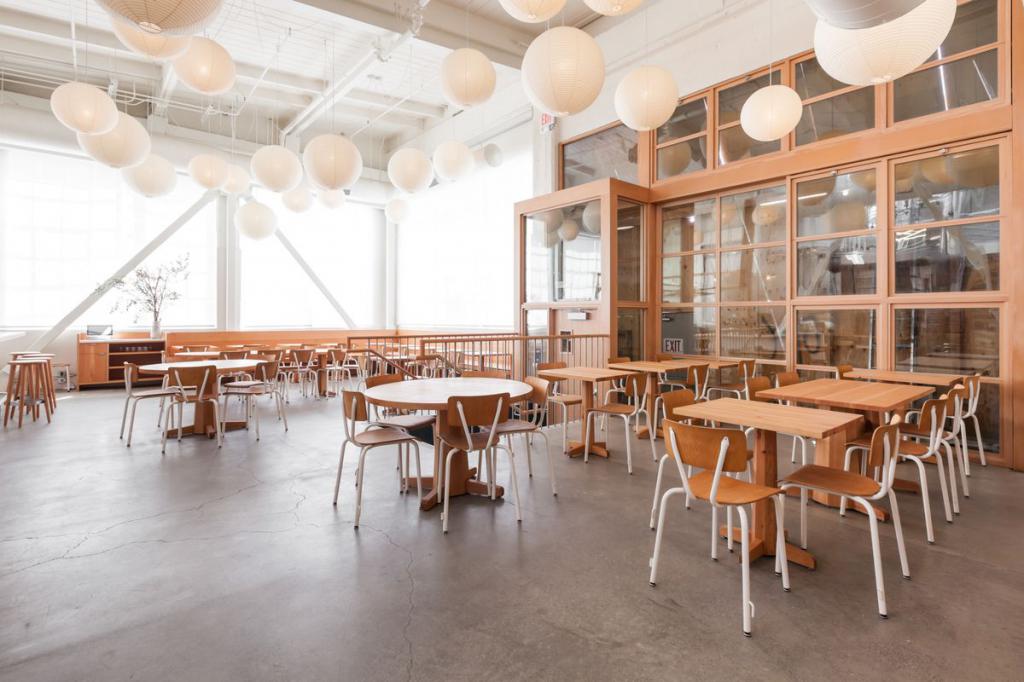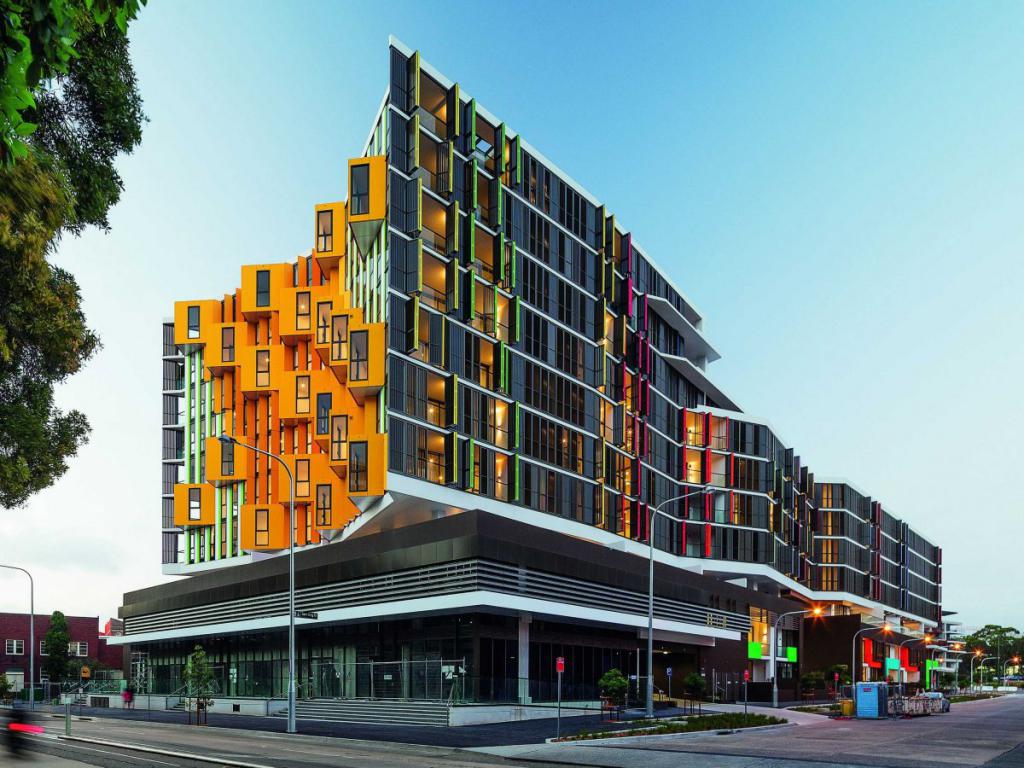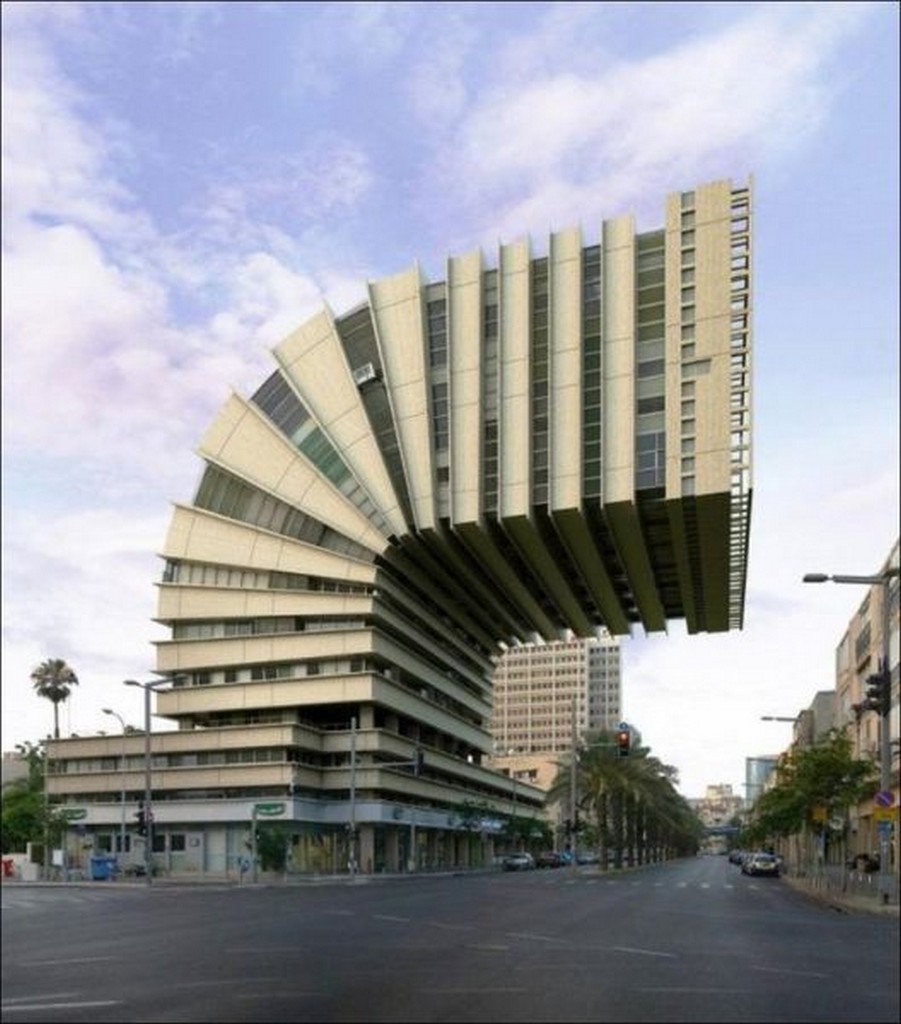Directly not participating in the production of fixed assets of the enterprise belong to the group of non-production. They can be own or leased. For example: schools, hospitals and other public buildings.
Fixed assets of the enterprise
Fixed assets are a set of values of a material nature that have been in production for a long time. At the same time, fixed assets transfer the value of production values in the form of depreciation deductions in stages.
It is important to remember that fixed assets are recognized only as means of labor that have a period of use of more than 12 months. Moreover, their cost should exceed the minimum monthly wage per unit by more than 100 times. They include the main production and non-production assets, which differ in the participation or non-participation in the production process of the enterprise.
All fixed assets are divided into own or leased. As well as active or passive. Active are those funds that are related to the production process and directly affect the subject of labor, which is subsequently modified. It can be technological lines, vehicles, various regulatory devices.
Funds not directly participating and not affecting production are classified as passive. However, without them, the production process is also impossible, since they create the necessary conditions. Passive are buildings. Specialists distinguish several structures of fixed assets: age, species and technological.

Definitions of fixed assets and non-assets
Production fixed assets include those that are objects directly involved in production. For example, equipment or machine tools. Production assets also include industrial funds, transport, roads, communications, agricultural funds.
Non-productive fixed assets include those that are objects of cultural and domestic purposes. For example, these can be places of catering or leisure. The canteen for employees of the enterprise, schools for children of employees of the organization and special medical centers belong to the group of non-productive funds.
According to the degree of participation in the production process, it is logical to say that they belong to a passive group. However, it is they who create favorable conditions for the continuous production process and the operation of the enterprise as a whole. Non-productive funds do not carry financial benefits for the enterprise. In most cases, they operate free of charge at the expense of the company for all employees of the organization. They are a big expense item in the company's balance sheet.
The share of non-productive fixed assets is approximately 20% of the total. However, every year in most companies, their share is growing significantly.

Assignment of funds not involved in the production process
The purpose of the main non-productive funds is to provide housing services, including education, healthcare and culture. The presence of such funds leads to an increase in labor productivity in the enterprise, and also attracts a larger number of personnel. However, serving a large number of non-productive assets is only possible for financially stable companies.

Physical depreciation of funds
Fixed assets have the ability to wear out.Depreciation is determined by the quality and condition, as well as by the brought result of the operation of structures, buildings and other means. Specialists divide wear into two types:
- moral;
- physical.
The main non-productive assets of the enterprise can reach 100% degree of wear. However, this fact in this case is not a good reason for the demolition of the building.
Physical wear means deterioration of physical as well as mechanical parameters. Physical deterioration is accelerated under the influence of the external environment, the human factor. In the case of fixed non-productive assets, this means that the building or structure becomes dilapidated and unusable. Using it becomes unsafe for humans. With the physical deterioration of non-productive assets, it is necessary to carry out current or overhaul of buildings, for their further stable functioning.

Depreciation of funds
Depreciation is also divided into 2 types, namely:
- technical obsolescence of fixed assets due to improved options;
- depreciation of fixed assets.
And if the first type of obsolescence is more likely to relate to production fixed assets, then non-production fixed assets are also subject to the second. The fall in price per square meter of land on which the building stands, dilapidation, a change in architectural stylistics - all this can lead to obsolescence.
For example, a hospital built for an enterprise with a staff of not more than 100 people will not be able to accommodate the required number of patients in a few years if the number of employees in the enterprise increases. The same thing can happen with the catering area. The dining room, built for 50 employees, with the growth of employees in the enterprise will not be able to serve all employees of the company at lunchtime. In this case, the company will be forced to invest a large share of the financial resources in the construction of a new building or in the expansion of the current one.

The composition and structure of fixed assets
The ratio of non-production and production fixed assets of the enterprise to each other can be different at enterprises of different industries. It depends on technical equipment, financial condition, industry specialization and many other reasons.
For example, the food industry in most cases has the largest share of non-productive assets, in total it can reach 50%. In the fuel industry, the share of non-productive assets is also large and reaches 20%.
